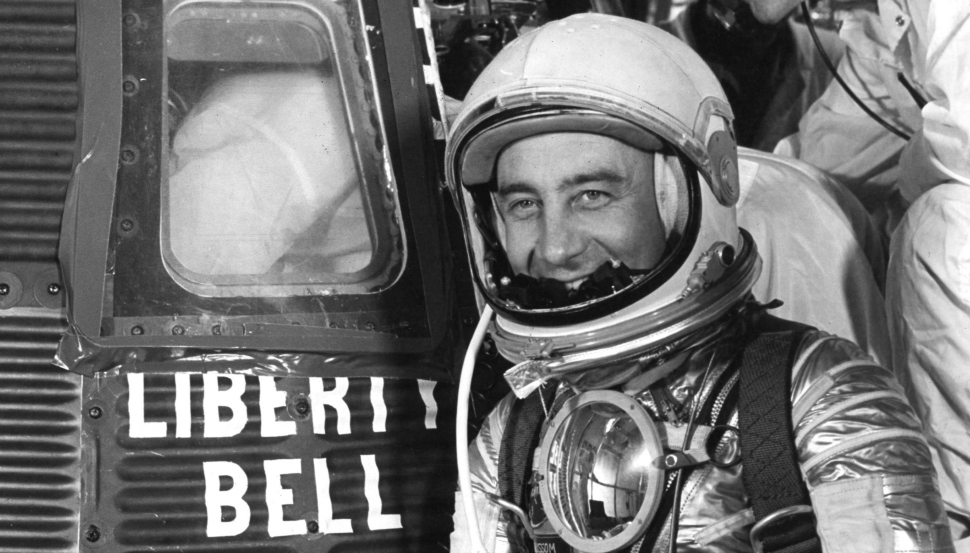John Tolley, August 18, 2017
Virgil Ivan ?Gus? Grissom was the first astronaut to graduate from Purdue University. Of course, no one knew that in 1950; it would be nine years before NASA administrators would land on that term for the first men sent in to space and select Grissom to be one of those men, the famed Mercury 7.
In his book Calculated Risk: The Supersonic Life and Times of Gus Grissom (Purdue University Press), author George Leopold explores the meteoric rise and tragic end of the second American to fly in space.
Born into an industrious southern Indiana family, Grissom was, from an early age, a curious tinkerer who hung on the stories of early aviation heroes such as Charles Lindbergh and Amelia Earhart. He was also a gung-ho American boy eager to serve his country in any way possible.
These twin drives set Grissom on a path aimed squarely at space. Armed with a degree from Purdue, the nation?s premier university for aeronautics and engineering, he piloted an F-86 Sabre in Korea and later flew and advised on the newest and fastest aircraft ever built as an Air Force test pilot.
It was 1958 when Grissom, along with 110 other pilots, answered a top secret teletype beckoning them to Washington. Subjected to grueling mental and physical tests, the field was eventually winnowed to a group of seven who had, it has been famously said, ?the right stuff.?
Aboard Liberty Bell 7, Grissom followed Alan Shepard as the second American in space, completing his sub-orbital mission in a little over 15 minutes. He then commanded the first manned Gemini mission, Gemini 3, laying the preliminary groundwork for our journey to the moon.
Grissom was more than just a pilot looking to push the envelope, though. He was a top flight aeronautic engineer who helped develop the systems and capsules that would help carry him and others into space. Many considered Grissom to be the de facto dean of the astronaut corps and a shoo-in for the first man to walk on the moon.
Sadly, he never got that chance. Grissom, along with astronauts Roger Chaffee and Ed White, were killed when a fire broke out in the oxygen rich environment of their Apollo 1 capsule during a routine test. It was the first major tragedy for the manned space flight program, one that shook the nation.
 Leopold?s book offers an inside look at a man who never got the chance to tell his own story. Grissom was at once deeply private, yet thrust into the public eye. He was more comfortable pouring over technical specs than being showered in ticker-tape.
Leopold?s book offers an inside look at a man who never got the chance to tell his own story. Grissom was at once deeply private, yet thrust into the public eye. He was more comfortable pouring over technical specs than being showered in ticker-tape.
Grissom was critical of what he saw as shortcuts and shortcoming with certain engineering aspects of the spacecraft he was to command, but he also saw the need for American primacy in the Cold War space race. It was the break-neck pace at which engineers and astronauts drove their work that would ultimately prove fatal for the crew of Apollo 1.
For Grissom, White, Chaffee and all other astronauts, the risk of death was a looming specter, but one they made peace with as they took humankind?s first few fledgling steps into the unknown.
?If we die we want people to accept it,? said Grissom. ?We are in a risky business, and we hope that if anything happens to us, it will not delay the program. The conquest of space is worth the risk of life.?







 See what's coming up live on B1G+ every day of the season at BigTenPlus.com.
See what's coming up live on B1G+ every day of the season at BigTenPlus.com. 